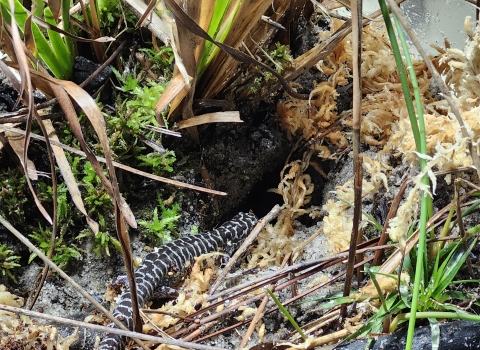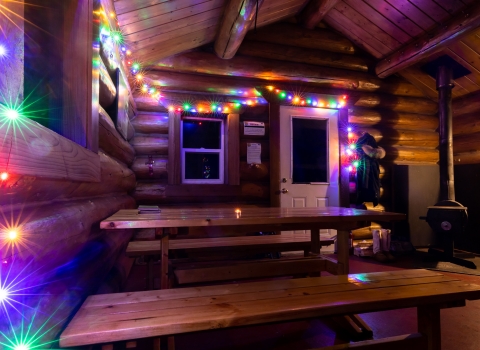New vegetation maps, being created by Kodiak National Wildlife Refuge and U.S. Geological Survey, will help resource managers better anticipate, understand and deal with challenges of the future.
Kodiak Archipelago supports globally significant populations of Kodiak brown bears, bald eagles, and salmon. This diversity of wildlife, and the cultural values that it represents, relies upon a productive and varied environment consisting of hundreds of salmon-bearing streams, lakes, riparian riparian
Definition of riparian habitat or riparian areas.
Learn more about riparian wetlands, grasslands, shrub lands, spruce forest, tundra, and alpine meadows. Collectively, these habitats support the up to 35 million salmon caught by the Kodiak-based fishing fleet, sustain 3,000 Kodiak brown bears, are home to 2,000 mated pairs of bald eagles, and provide essential migration and breeding habitat for another 230 species of fish, birds, and mammals.
The challenges of sustaining such habitat quality, however, are growing. Primary among the factors that could, in the years ahead, put Kodiak


